Glass Wardrobe Doors Made to Measure: All You Need to Know
Introduction
When it comes to enhancing the aesthetics and functionality of your wardrobe, glass wardrobe doors made to measure are a popular, stylish solution.
We agree that many people are curious about how to measure, select, and install these custom wardrobe doors, which is why we’re committed to providing clear and practical answers.
In this article, we’ll address five key questions that frequently arise, helping you better understand how custom glass wardrobe doors can fit into your space.
Here’s a preview of what we’ll cover: how to measure a wardrobe door, the available sizes, whether glass wardrobe doors can be replaced, measuring built-in wardrobes, and the costs involved.
By the end, you’ll have a solid understanding of the process and benefits of investing in glass wardrobe doors made to measure.
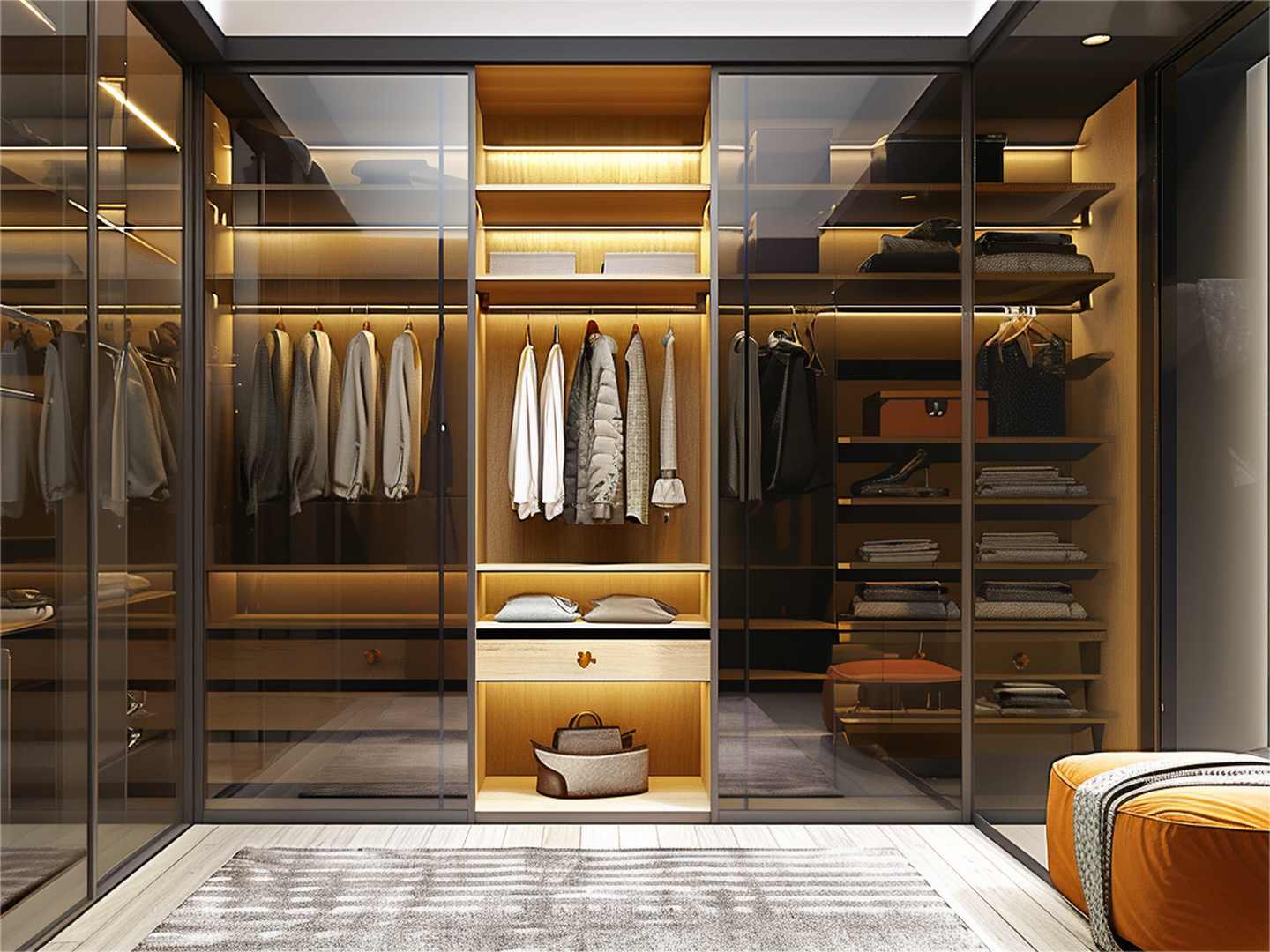
How Do You Measure a Wardrobe Door?
To ensure a perfect fit for glass wardrobe doors made to measure, accurate measurements are crucial. Here’s a step-by-step guide:
Prepare Tools: Gather a tape measure, pen and paper, and a level for accuracy.
Measure the Door Height:
- Left and right sides: Start by measuring from the top to the bottom on both sides. Hold the tape measure vertically to avoid errors.
- Middle measurement: Measure the height at the center of the wardrobe opening.
- Use the minimum value: Take the smallest measurement as the final height to account for any irregularities in the wardrobe frame.
Measure the Door Width:
- Top, middle, and bottom: Measure the width at three different points—top, middle, and bottom. Ensure the tape is level each time, especially at the top and bottom.
- Use the minimum value: Again, use the smallest measurement to avoid a door that is too wide, which would complicate installation.
Consider Door Clearance: Leave a small gap (1-2 mm) at the top, bottom, and sides to ensure smooth opening and closing.
Important Notes:
- Ensure the floor and top of the wardrobe frame are level; otherwise, shims may be required.
- For glass doors, check with the manufacturer to see if additional allowances are needed due to the door's thickness or weight.
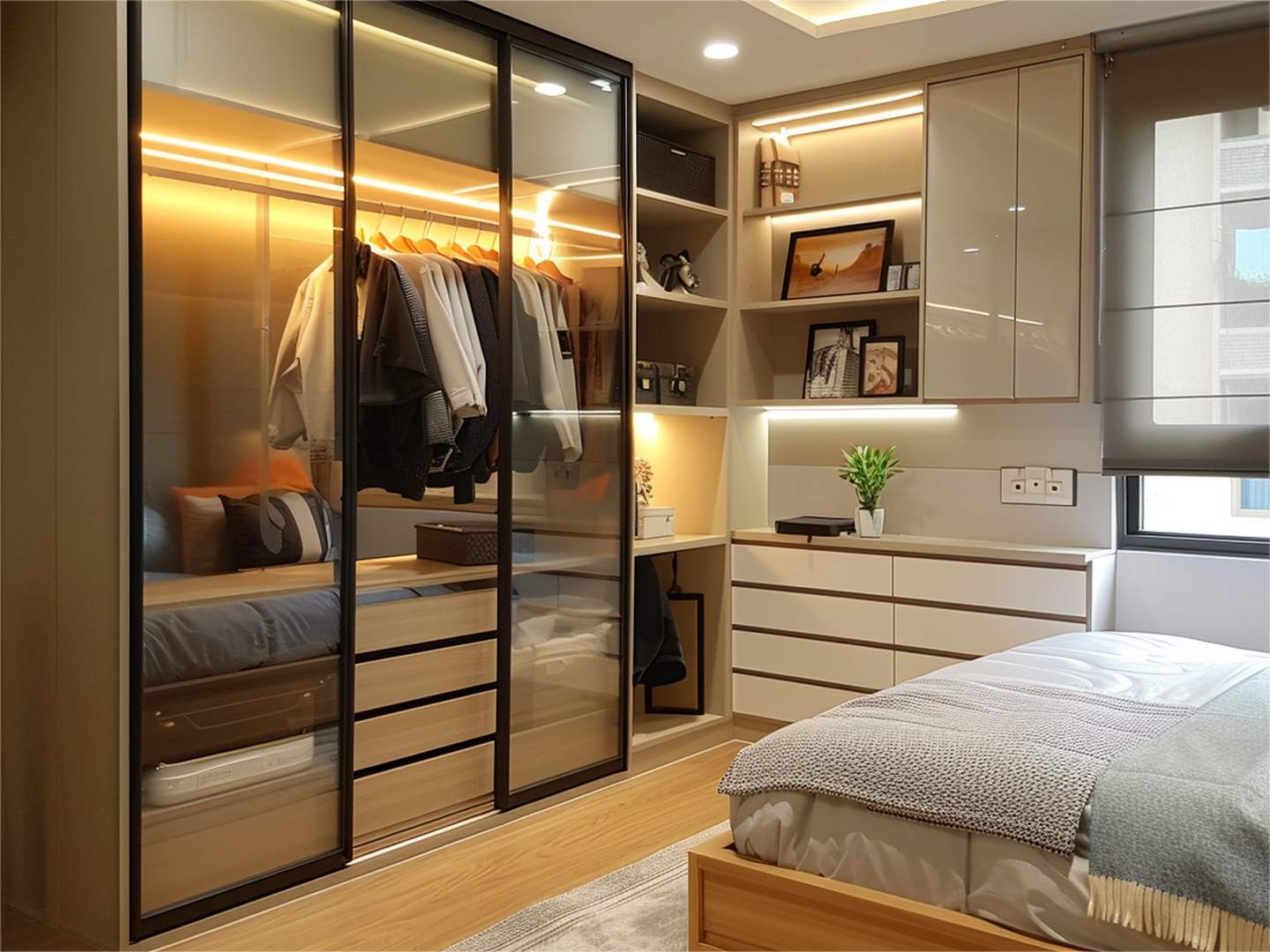
What Sizes Do Wardrobe Doors Come In?
Wardrobe doors come in various sizes based on design and structure, with both standard and custom options available. Here are some essential guidelines:
Standard Wardrobe Door Dimensions:
- Height: Ranges from 1800mm to 2400mm (1.8m to 2.4m), suitable for most domestic spaces.
- Width: Standard widths range from 400mm to 1000mmper door, while double doors combine to fit these measurements.
- Thickness: Glass doors typically vary between 4mm to 10mm, with 6mmbeing the most common thickness for a balance of strength and aesthetics.
Sliding Door Dimensions:
- Height: Matches wardrobe height, usually 1900mm to 2400mm.
- Width: Sliding doors are typically wider, ranging from 600mm to 1500mmper panel.
- Number of doors: Often designed with 2 or 3 doors to optimize space.
Hinged Door Dimensions:
- Height: Typically 1800mm to 2300mm.
- Width: Generally narrower than sliding doors, between 400mm to 600mm.
Customized Glass Wardrobe Doors:
- Maximum size: Glass doors rarely exceed 3 meters in heightand 5 meters in width, balancing aesthetics with structural integrity.
- Glass thickness: Larger doors often use 8mm to 10mmglass, while smaller doors can use 4mm to 6mm
Style and Proportions:
A height-to-width ratio of 2.5:1 or 3:1 ensures a visually appealing and practical design. For larger doors, consider segmented designs to reduce weight and improve functionality.
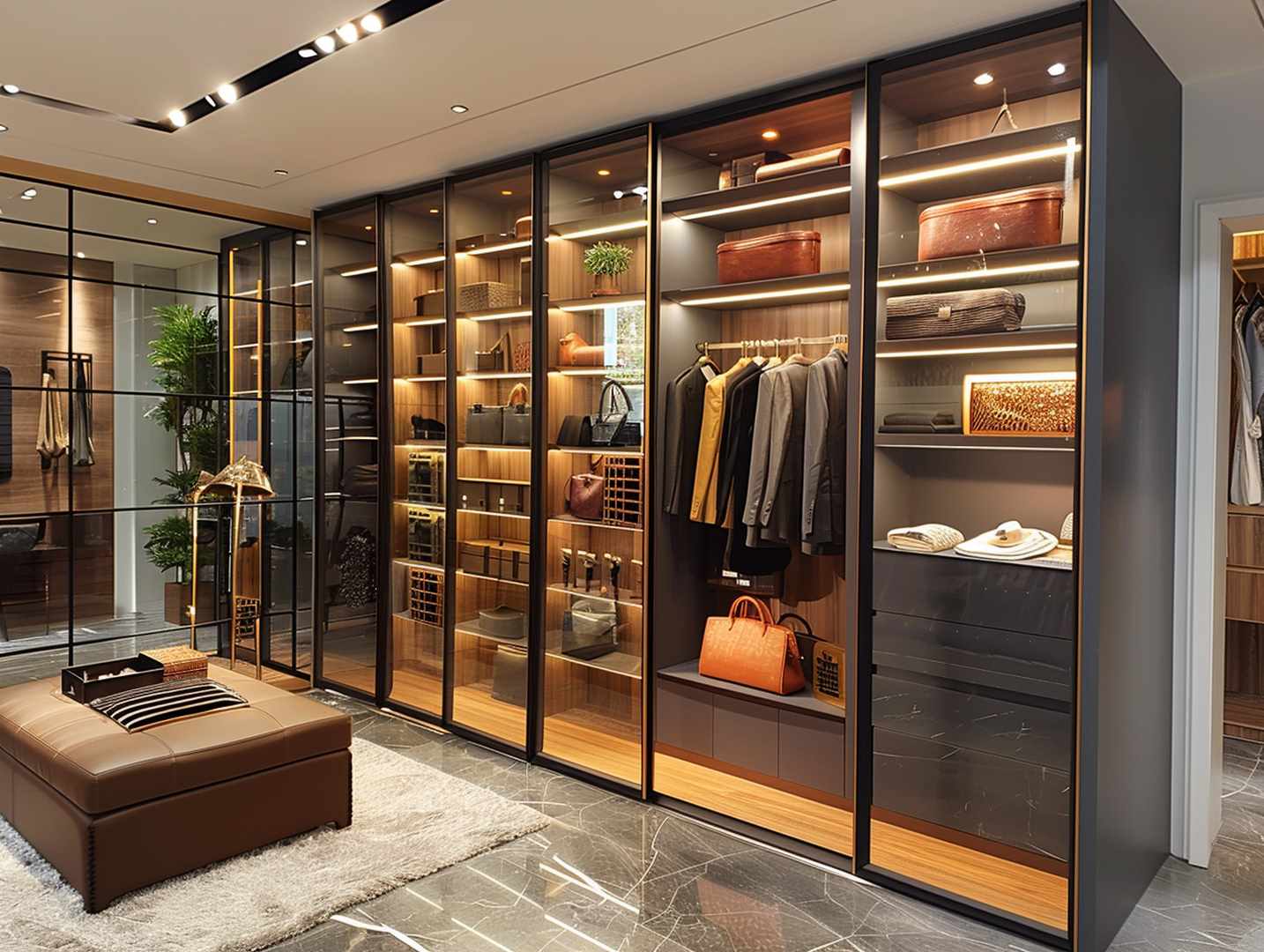
Can You Replace Glass Wardrobe Doors?
Yes, glass wardrobe doors can be replaced, but careful consideration is essential for a smooth and successful installation. Here are key points to consider:
Feasibility of Replacing Glass Wardrobe Doors:
- Compatibility Check: Ensure the existing wardrobe frame can support the new glass doors. Evaluate the door frame’s size, stability, and the type of hinges or sliding mechanisms used.
- Hinged Doors: Wooden or other material doors can be replaced with glass, but make sure the frame can bear the extra weight, and install special glass hingesdesigned for this purpose.
- Sliding Doors: Confirm that the railscan handle the glass's weight. If not, the rails may need upgrading. Be sure to match the glass thickness to the sliding system’s capacity.
Selecting the Right Glass Material:
- Tempered Glass: Highly durable and impact-resistant, tempered glass is the most common choice. It breaks into small, blunt pieces if shattered, ensuring safety. Thickness ranges from 4mm to 10mm.
- Frosted Glass: Provides privacywhile still allowing light transmission, making it ideal for bedroom wardrobes.
- Coated Glass: Offers a mirror effectthat can visually expand the room, eliminating the need for additional mirrors.
Things to Note When Replacing Glass Doors:
- Weight Considerations: Glass is heavier than wood, so the load-bearing capacity of hinges and sliding rails must be carefully checked.
- Safety: Use professional toolslike glass suction cups during installation to prevent accidents.
- Customization: For non-standard wardrobes, custom glass doorsmay be required, so confirm the exact measurements and specifications with the manufacturer.
- Edge Treatment: Glass edges should be polishedto avoid sharp edges, especially in homes with children.
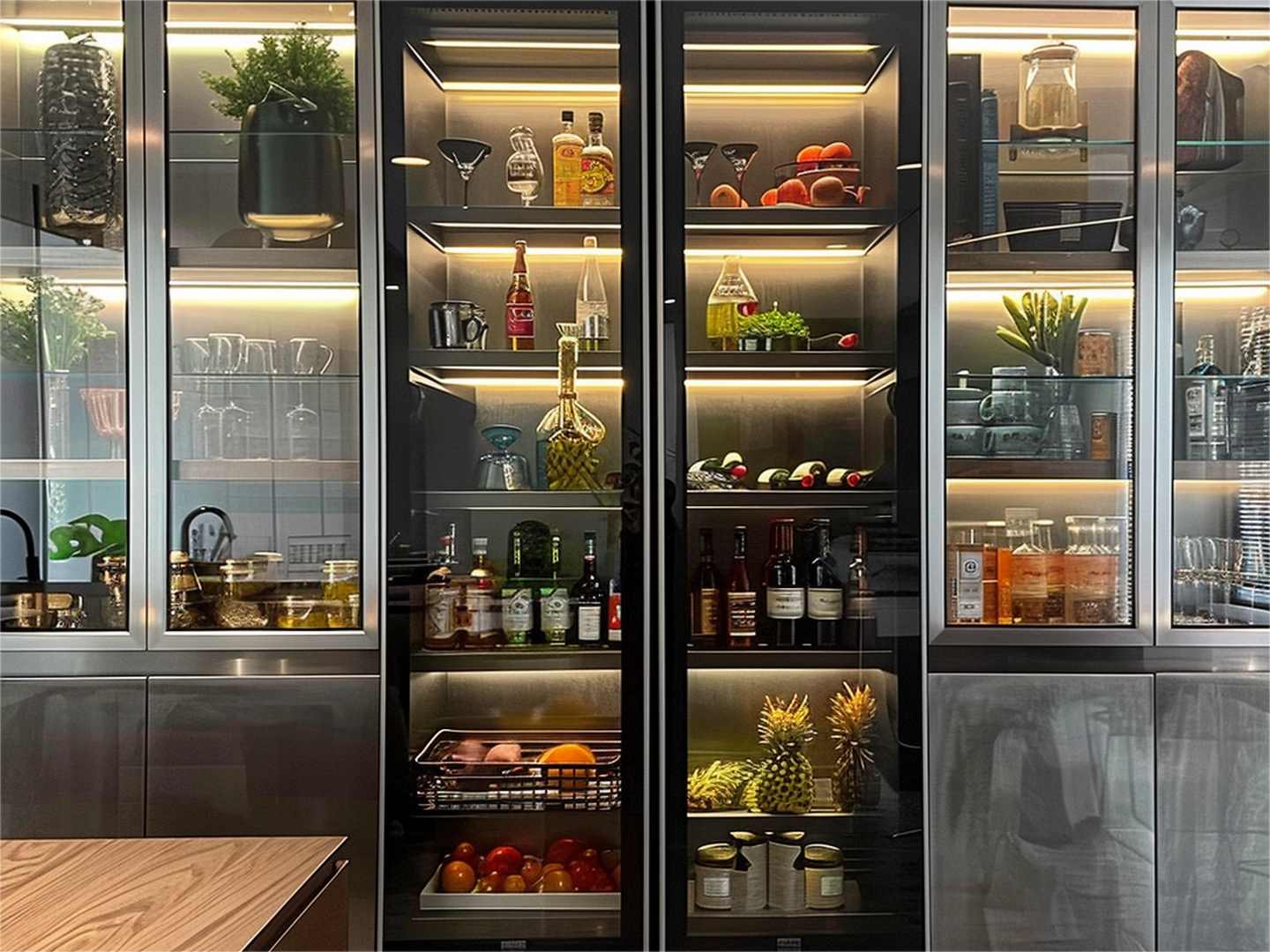
How to Measure a Built-In Wardrobe?
Accurate measurements of a built-in wardrobe are crucial for ensuring that wardrobe doors, interior fittings, and accessories are a perfect fit. Follow this detailed guide for precise measurements:
Preparation:
- Gather tools: Tape measure, level, pencil, and optionally, a laser rangefinderfor accuracy.
- Clear the wardrobe: Remove all items to avoid disruptions during measurement.
Measure the Outside Dimensions:
- Height: Measure from the floor to the top of the wardrobe on the left, center, and right sides. Record all three values, using the minimummeasurement to account for uneven floors or ceilings.
- Width: Measure the width at both the top and bottom of the wardrobe opening. Walls may not be perfectly parallel, so use the smallestmeasurement to avoid sizing issues.
- Depth: Measure from the front to the back of the wardrobe, typically between 500mm and 600mm, checking at multiple points for consistency.
Measure the Inner Structure:
- Dividers and Hanging Rods: Measure the heightand width of dividers, and check the height and depth of hanging rods. Ensure sufficient space for clothes of varying lengths.
- Cabinets and Drawers: Record the width, height, and depthof interior cabinets and drawers, ensuring there’s enough clearance for them to open fully without obstruction.
Measure Door Frames and Walls:
- Door Frames: Measure the width and heightof the door frame, ensuring the frame is square using a level. Also, note the frame’s thickness for hardware selection.
- Walls: Measure the distance from the wardrobe to nearby wallsto ensure there’s enough clearance for doors and accessories. Check the wall’s flatness to prevent installation issues.
Additional Considerations:
- Door Opening Direction: For hinged doors, measure and plan for proper door swing. For sliding doors, ensure the railsdon’t interfere with walls or other obstacles.
- Installation Clearance: Leave a 2-3mm gaparound the door for smooth operation and fine adjustments during installation.
- Special Needs: Account for corner designs, electrical outlets, and switches when measuring to ensure a seamless final installation.
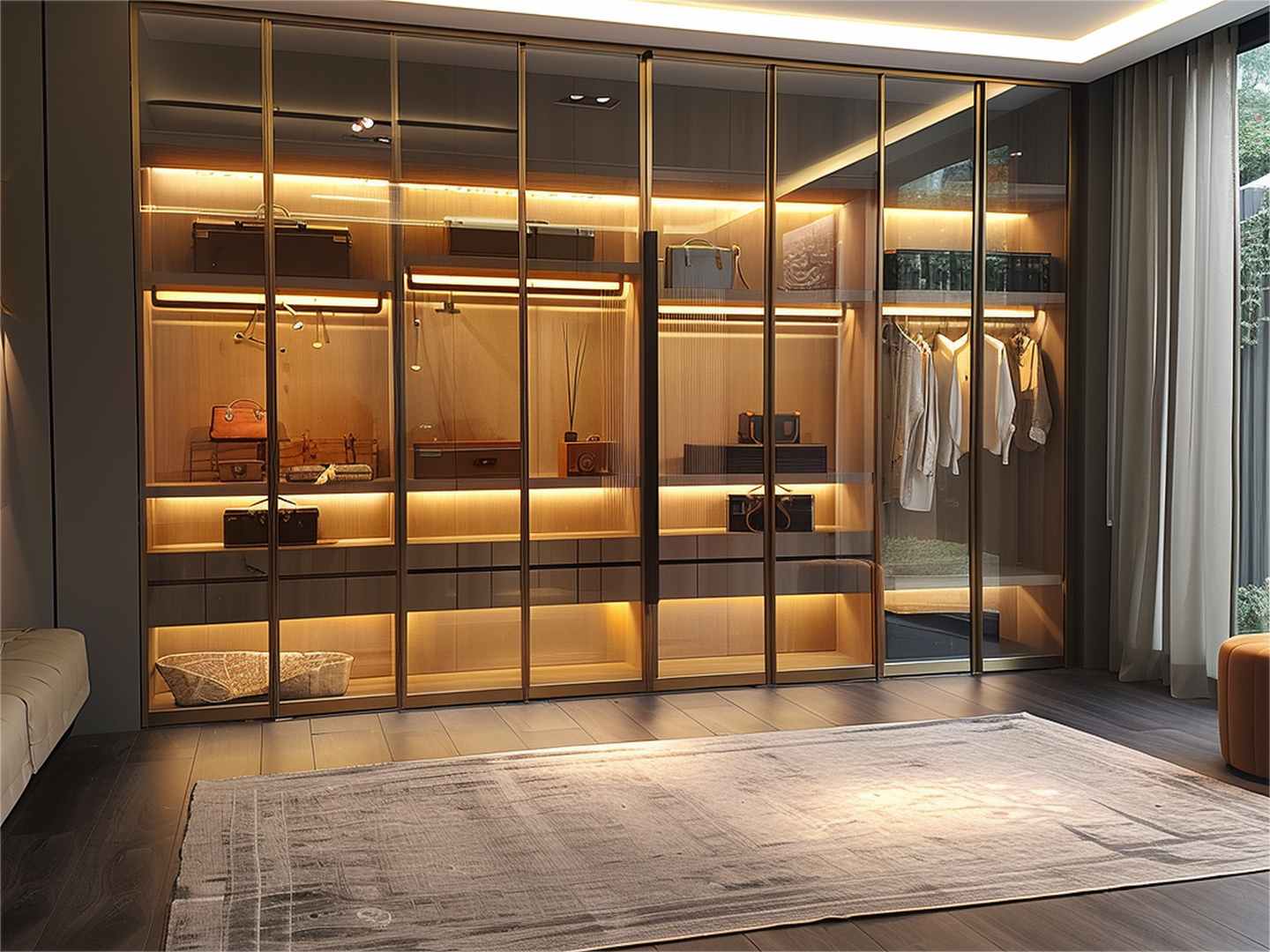
Are Closet Doors Expensive?
The cost of wardrobe doors varies depending on several factors such as material, design, size, customization, and installation.
Below is a breakdown of common wardrobe door types and the elements that influence pricing.
Types of Wardrobe Doors:
Sliding Doors:
- Material: Commonly made from glass, wood, or aluminum alloy. Glass doors, especially tempered or coated, are more expensive. Aluminum is mid-range, while wood prices depend on the type of wood.
- Cost Range: Prices typically range from $150 to $600for standard sliding doors. Custom designs or high-end finishes can push costs beyond this range.
Hinged Doors:
- Material: Available in wood or glass. Wood prices vary widely based on quality, while glass is generally pricier.
- Cost Range: Standard hinged doors cost between $100 to $500. Premium custom doors will be more expensive.
Folding Doors:
- Material: Lightweight materials like PVC or aluminum alloy are commonly used. These are ideal for smaller spaces.
- Cost Range: Typically priced between $80 to $300, making them a budget-friendly option.
Factors Affecting Wardrobe Door Costs:
- Material:
- Wood: Solid wood (e.g., oak, walnut) is more expensive. Composite wood or MDF options are cheaper.
- Glass: Tempered, frosted, or decorative glass raises costs, particularly for thicker or custom-designed glass.
- Metal: Aluminum is affordable but less elegant compared to wood or glass.
- Synthetic: PVC or plastic are low-cost options suitable for budget projects.
Case Analysis:
- Economical: A standard wood hinged door (80x200 cm) costs around $150(excluding installation).
- Mid-range: A basic sliding glass door with an aluminum frame costs approximately $300.
- Premium: A custom tempered glass sliding door (120x220 cm) with a designer aluminum frame can cost upwards of $800.
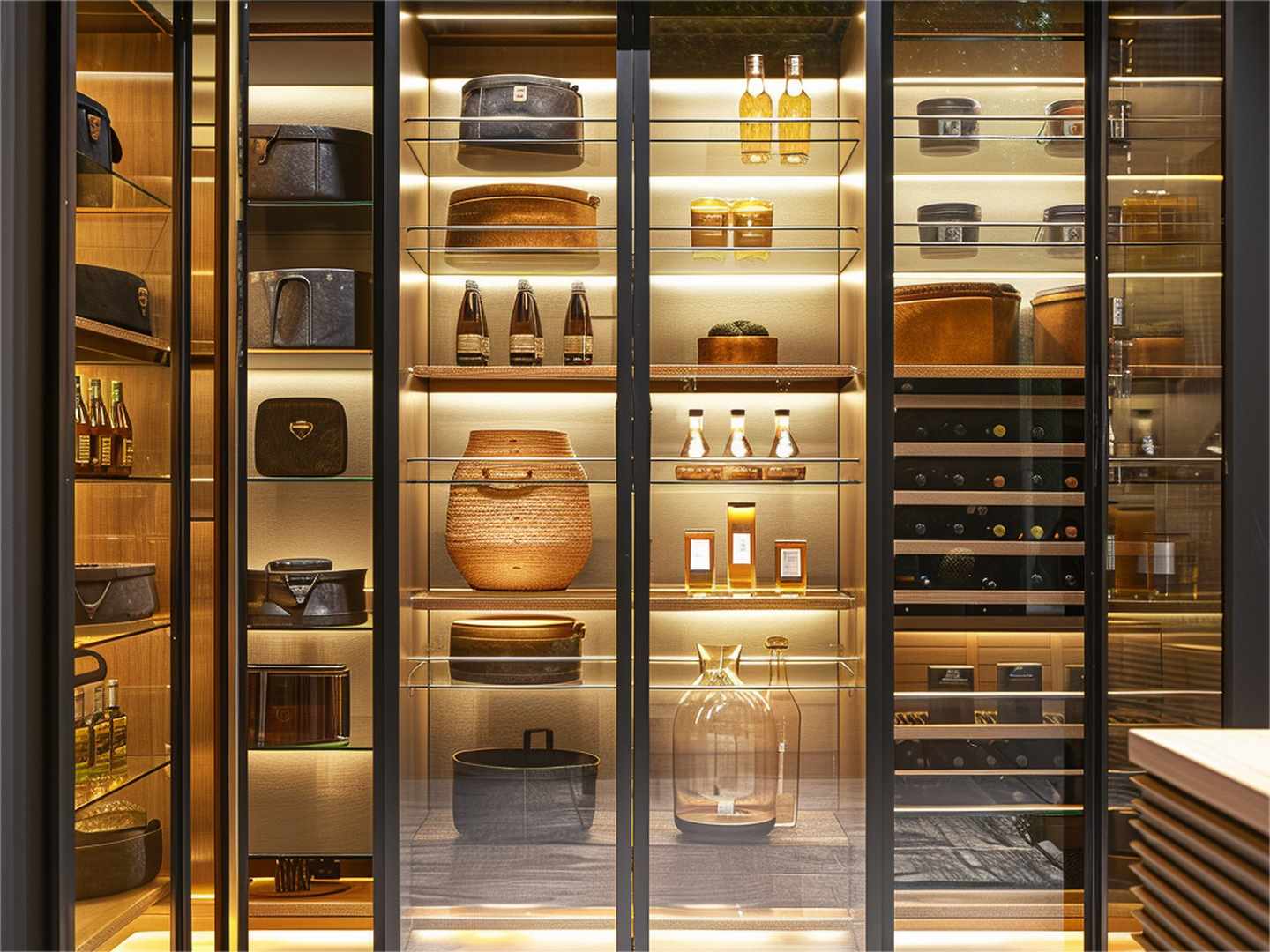
Conclusion
In this article, we explored five key aspects of glass wardrobe doors made to measure:
how to measure wardrobe doors accurately, the various sizes available, the feasibility of replacing glass doors, measuring built-in wardrobes, and the cost of wardrobe doors.
Each section offers valuable insights that can solve common challenges people face when customizing or upgrading wardrobe doors.
Accurate measurements ensure a perfect fit, while understanding standard sizes and customization options helps tailor the doors to specific needs.
Replacing old doors with glass offers a modern upgrade, and precise measurements for built-in wardrobes ensure seamless installation. Lastly, cost considerations across different materials, from wood to glass, help users make informed budget decisions.
By addressing these areas, homeowners can confidently choose and install glass wardrobe doors made to measure that elevate both functionality and aesthetics in any space.
Welcome to know more detailed information about products in WINSEN.
